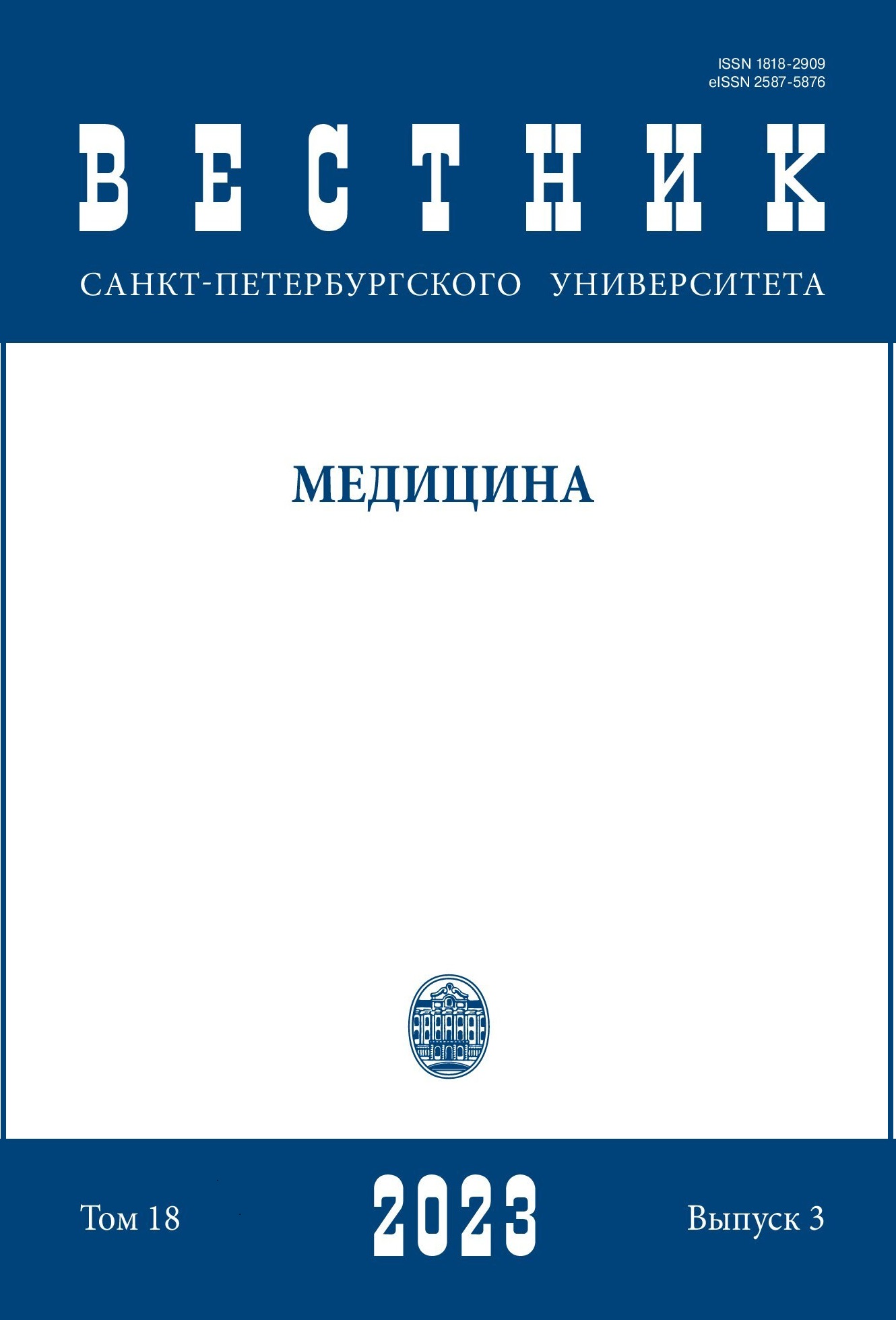Accuracy of a new intellectual method in measuring Cobb’s angle on spinal radiographs and the possibility of its clinical application
DOI:
https://doi.org/10.21638/spbu11.2023.305Abstract
Cobb’s angle is until now considered the gold standard method for measuring the angle of scoliosis. The subjectivity of this method has always been its main disadvantage. The aim of this work is to evaluate a new system (computer program) “Esper.Scoliosis”, based on artificial neural networks that can measure Cobb’s angle automatically on frontal radiographs. We compared the angles measured by the automatic system with measurements of a radiologist using a testing set of 114 digital X-rays with variable grades of scoliosis. In 84.8 % of scoliotic curvatures detected by the system, no significant measurement variability (< 2,5°) of the angles was found between the two methods. The system shows better results in X-rays with scoliosis
grades 1 and 2. In our work, image quality has the largest effect on accuracy of the system and
measurement’s variability. We concluded that controlled clinical use of “Esper.Scoliosis” for automatic Cobb’s angle measurement is recommended.
Keywords:
scoliosis, radiographs, artificial intelligence, spine, artificial neural networks
Downloads
References
References
Downloads
Published
Versions
- 2024-04-02 (2)
- 2024-03-19 (1)
How to Cite
Issue
Section
License
Articles of "Vestnik of Saint Petersburg University. Medicine" are open access distributed under the terms of the License Agreement with Saint Petersburg State University, which permits to the authors unrestricted distribution and self-archiving free of charge.




